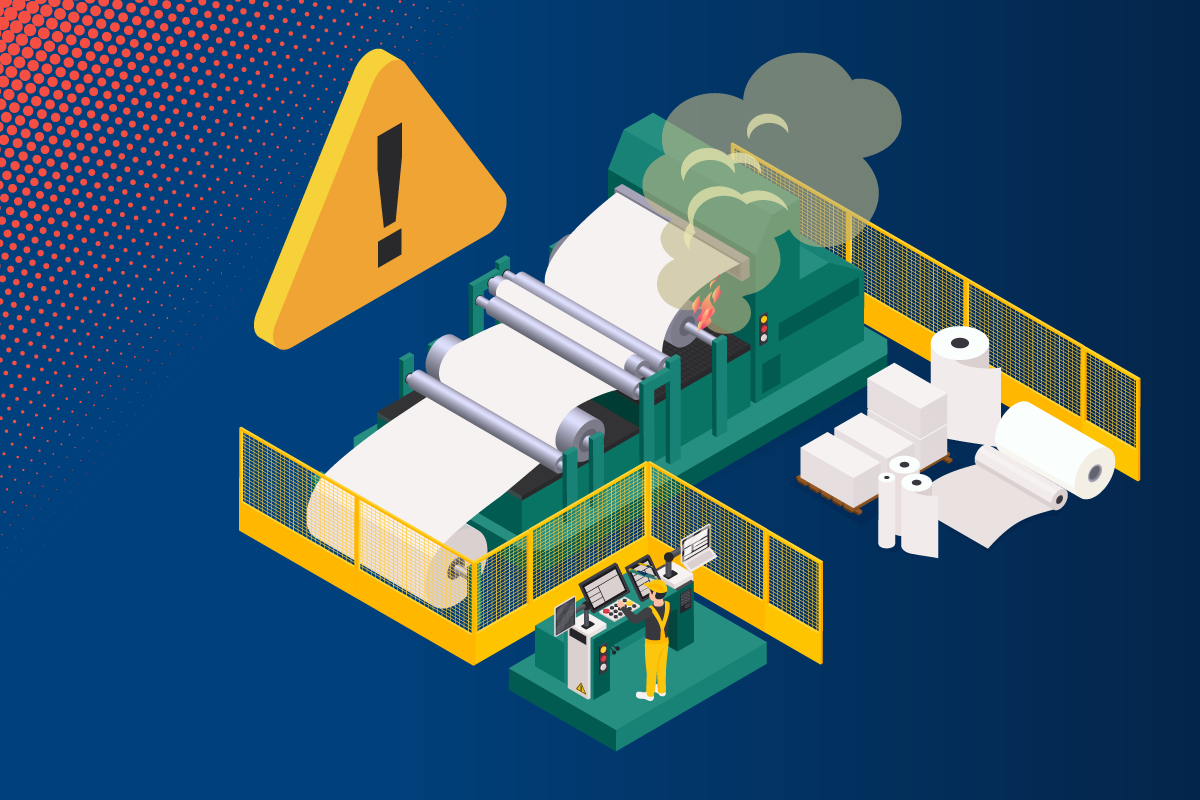From risk assessment to warning label
One of the key functions of instructions is to facilitate the safe use of a product. Clearly, technical writing departments do not start from scratch when it comes to safety aspects, rather they will use results and documents already created during the development process. The “risk assessment”, sometimes also referred to as a “hazard analysis”, plays an important role here.

A risk assessment is a document that is created during a machine's development. It is prescribed by the EN ISO 12100 standard (Safety of machinery) and serves to document an iterative process, in which the manufacturer sets out to minimize the risk arising from using the machine prior to it being released onto the market. The resulting document is sometimes created by technical writers, but frequently by others involved in the development process, such as development engineers and product managers.
So, why not simply include the risk assessment in the instructions and cover operational safety requirements with the minimum of effort? There are several reasons for this. One is the principle that risks should be eliminated by modifying the machine. Only if this is not feasible can the risk be excluded by means of a warning notice in the instructions. For instance, a company cannot decide simply to warn about an entrapment risk if the issue could be resolved by converting the machine to two-handed operation. So, the instructions only include warnings about risks that cannot be avoided.
In addition to stating the risk, the risk assessment must also indicate the basis on which the assessment was made. This information would be superfluous for the instructions and create unnecessary additional reading for the user.
Moreover, because the risk assessment is focused on the risks resulting from the machine, it may be organized around the individual components. However, the instructions come from a different perspective, that is the activities the user performs with the machine. Switching perspective in this way is not always easy and users should never be put in this position. After all, it would not be immediately obvious to everyone that, say, there is a risk of burns when shutting down the machine, even if in principle they know that a certain component can become very hot during operation. Therefore, to be on the safe side, technical writers need to apply this change in perspective to the application situation.
The opposite approach is taken in many risk assessments for this very reason. Here, the risk assessment will identify the risk and leave it to the instructions to explain exactly how to avoid the risk. In this way, the risk assessment or hazard analysis takes on a sort of control function and identifies the sources of danger. The technical writing department will then research the precise steps to eliminate the risk for the instructions. To find out how this works, read the following blog post.
So, it is important to remember that risk assessments and warning notices in instructions are closely related. They should be looked at alongside one another to ensure the overall process runs smoothly. This will avoid duplication of effort and unnecessary queries from the outset.
Other articles from Quanos
This might also interest you

„Doku-Lounge“: Auf dem roten Sofa mit Kerstin Berke und Philipp Eng
Moderatorin Kerstin Berke und Marketingspezialist Philipp Eng sind das Duo vor und hinter dem Mikro der „Doku-Lounge“…